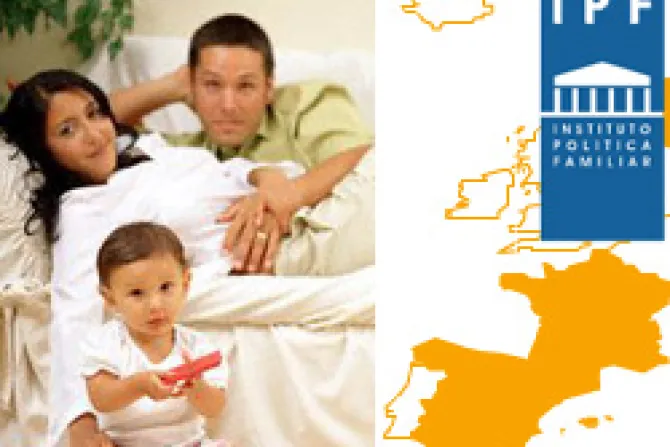Brussels, Belgium, May 10, 2008 / 08:35 am
A new report presented to the European Parliament on Wednesday shows more evidence of a “demographic winter” in Europe, where a decline in both birth and marriage rates have helped create an “elderly continent.”
The Institute for Family Policy’s report, “The Evolution of the Family in Europe 2008,” is a study that was undertaken by experts from several disciplines including demography, psychology, sociology, and family studies.
Lola Velarde, president of the Institute for Family Policy European Network, said that concern about the European family and its problems has grown, as evidenced by several recently adopted European Union documents. However, she said this action is “clearly inadequate” and family problems continue to worsen.
According to the report, which was released to CNA, indicators of population, birth, marriage, and family breakdowns have all worsened in the past 27 years. People over age 65 outnumber those under age 14 by 6 million. Additionally, there are now one million fewer births per year than there were in 1980.


